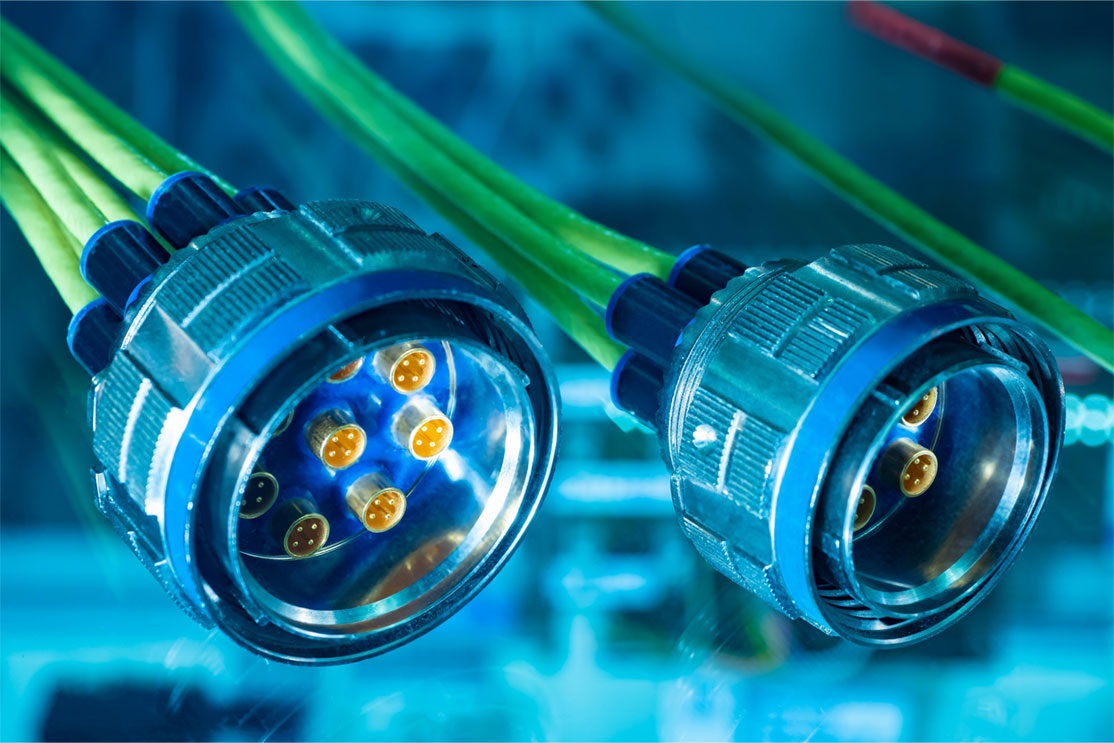Microwave cable assemblies are critical components in RF (Radio Frequency) applications, and their proper installation and maintenance are essential for ensuring reliable signal transmission and optimal performance. In this article, we will provide valuable tips and guidelines to help engineers and technicians install and maintain microwave cable assemblies effectively.
Installation Tips
1. Cable Routing
- Plan Cable Routes: Before installation, carefully plan the cable routing to avoid sharp bends, kinks, or excessive tension. Keep cables away from sources of interference, such as power lines or other RF equipment.
- Use Cable Clamps: Secure the cables using appropriate clamps or brackets to prevent them from sagging or coming into contact with sharp edges.
2. Connector Handling
- Handle Connectors with Care: Connectors are sensitive components. Avoid applying excessive force or twisting during installation, as this can damage the connectors and compromise signal integrity.
- Use Proper Torque: When tightening connectors, use a torque wrench calibrated to the manufacturer’s specifications to ensure a secure but not overly tight connection.
3. Grounding
- Proper Grounding: Ensure that the microwave cable assembly and associated equipment are properly grounded to prevent electrical interference and reduce the risk of damage from static electricity or lightning strikes.
- Grounding Straps: Consider using grounding straps to provide a low-impedance path to ground for both the cable and the equipment.
Maintenance Tips
1. Visual Inspections
- Regular Visual Checks: Perform routine visual inspections of cable assemblies to look for signs of wear, damage, or corrosion. Check connectors for any loose or damaged parts.
- Seal Integrity: Ensure that the cable’s outer jacket and any seals are intact, as moisture or contaminants can affect performance.
2. Environmental Considerations
- Protect from Environmental Factors: If installed outdoors, periodically inspect and clean cable assemblies to remove dirt, dust, or debris. Consider using protective covers to shield cables from UV exposure, extreme temperatures, and moisture.
3. Cable Testing
- Periodic Testing: Regularly test the microwave cable assemblies using appropriate testing equipment to measure signal loss, impedance, and VSWR (Voltage Standing Wave Ratio). Testing can identify performance issues before they impact system operation.
4. Documentation
- Maintain Records: Keep detailed records of cable assembly installations, maintenance activities, and any modifications. This documentation can be invaluable for troubleshooting and future upgrades.
- Labeling: Ensure that cable assemblies are labeled correctly, including connector types and cable lengths, to streamline maintenance and replacements.
Microwave cable assemblies are the lifelines of RF applications, and their proper installation and maintenance are crucial for ensuring uninterrupted signal transmission and system reliability. By following these tips and guidelines, engineers and technicians can minimize signal loss, extend the lifespan of cable assemblies, and reduce the risk of costly downtime. Regular inspections, testing, and a proactive approach to maintenance will help maintain the optimal performance of microwave cable assemblies in various RF applications.

